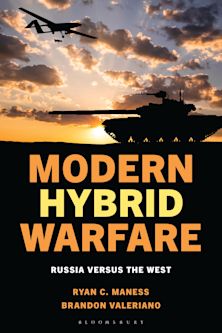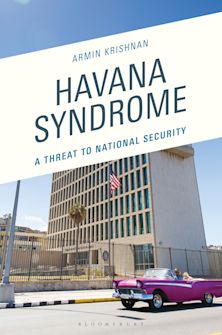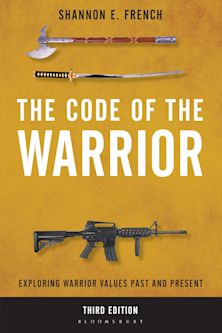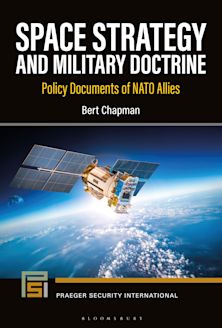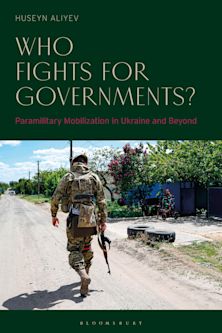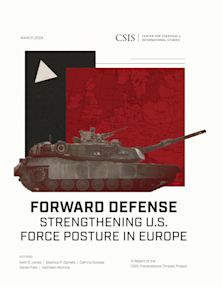- Home
- ACADEMIC
- Politics & International Relations
- Military Strategy and Warfare
- The Development of Mine Warfare
The Development of Mine Warfare
A Most Murderous and Barbarous Conduct
The Development of Mine Warfare
A Most Murderous and Barbarous Conduct
This product is usually dispatched within 1 week
- Delivery and returns info
-
Free US delivery on orders $35 or over
You must sign in to add this item to your wishlist. Please sign in or create an account
Description
In 1997, the International Campaign to Ban Landmines (ICBL) coordinated the Convention on the Prohibition of the Use, Stockpiling, Production, and Transfer of Anti-Personnel Mines and on their Destruction. As of mid-2005, 145 states had signed the agreement. The ICBL's efforts were in large part a response to the careless use of landmines in the previous fifty years. The history of mine use in warfare, however, goes back much further than the World Wars of the 20th century and includes both land and sea use. This first comprehensive study traces the technical, tactical, and ethical developments of mine warfare, from ancient times to the present.
Beginning with mine warfare's roots in ancient Assyria and China, Youngblood takes the reader through the centuries of debate about how these hidden weapons should be used. A look at 19th-century developments explores the intertwined development of land and sea mines and the inventors behind them, including Robert Fulton, Samuel Colt, and Immanuel Nobel, father of Alfred Nobel. Subsequent chapters examine the use of mines in the American Civil War, the Russo-Japanese War, both World Wars, and the battlefields of the Cold War, and chart key battles and technical innovations, such as the development of air-delivered munitions. Finally, the author addresses the ethical concerns raised by the careless mining, namely the impact on civilians and the difficulties of de-mining, and the treaties that regulate landmine use.
Table of Contents
Acknowledgments
Introduction
1. The Origins of Mine Warfare
2. The Age of Invention: From America to Russia
3. The American Civil War
4. The Sea Mine Comes of Age
5. The Great War
6. World War II
7. Mine Warfare Since 1945
Appendix A: Hague Convention 1907
Appendix B: Convention on the Prohibition of Anti-Personnel Mines
Notes
Selected Bibliography
Index
Product details
| Published | Jun 30 2006 |
|---|---|
| Format | Hardback |
| Edition | 1st |
| Extent | 280 |
| ISBN | 9780275984199 |
| Imprint | Praeger |
| Dimensions | 9 x 6 inches |
| Series | War, Technology, and History |
| Publisher | Bloomsbury Publishing |
About the contributors
Reviews
-
Treating the sea mine and the land mine as siblings, Youngblood tells the history of mine warfare from the origins of the mine through the development of the International Campaign to Ban Landmines and the signing of the 1997 Ottawa Convention limiting the manufacture and use of antipersonnel mines. He discusses technical, tactical, and strategic developments in mine warfare along with the experiences of those who developed mines and those who had to deal with them on the battlefield.
SciTech Book News












